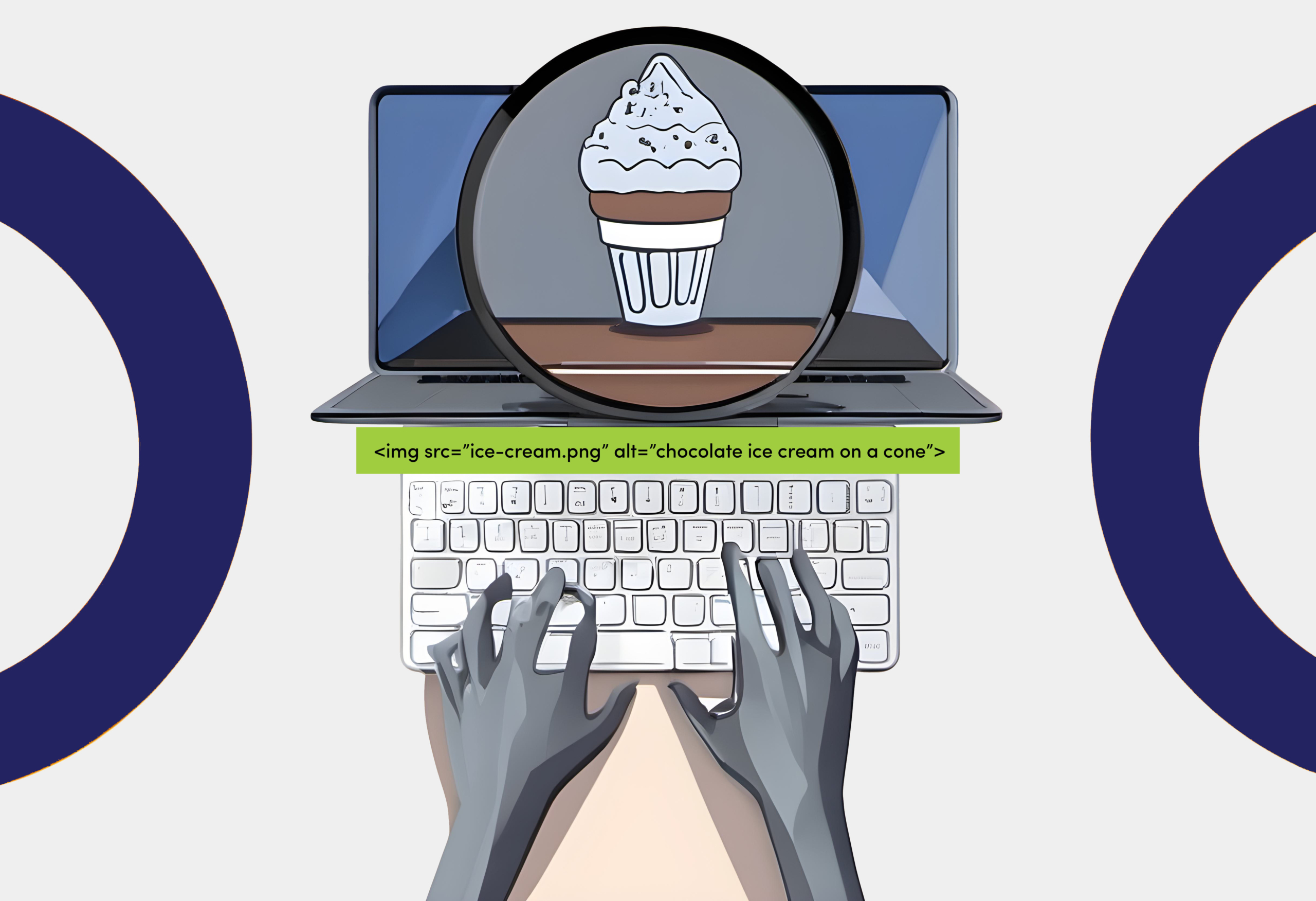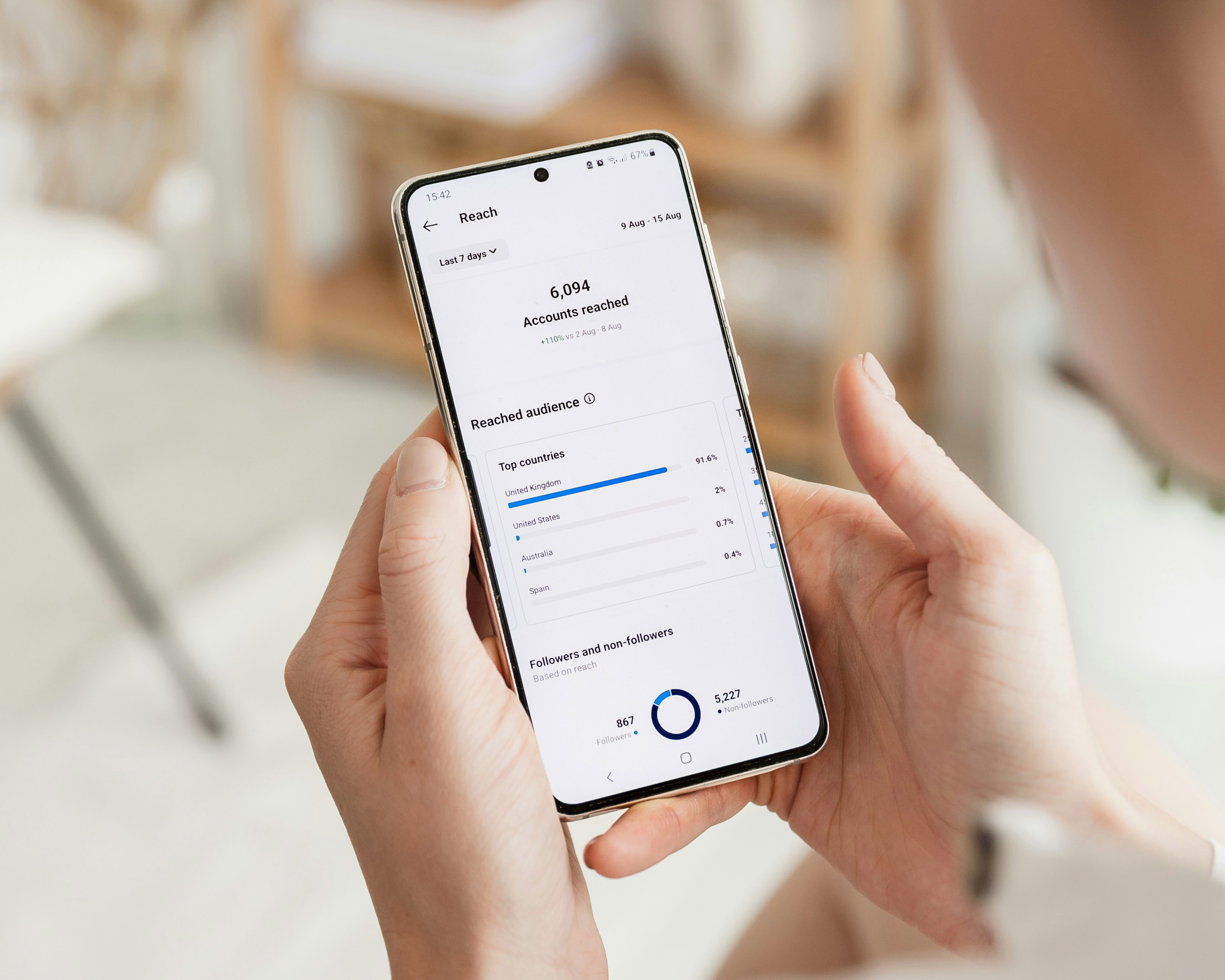Social Media Monitoring and Measurement
Social Media creates a mountain of data and mountains of possibilities, but without the proper strategy and technology in place to capture and react to this data a lot of opportunities can go to waste. It’s also important to understand and identify the difference between monitoring and measurement. Both of these functions are important, but they produce very different outputs and require vastly different investments.
Monitoring
Externally facing, Social Media Monitoring is the process of watching and monitoring a set of social networks for any activity that mentions your brand, product, service or any other words you may want to be alerted to. Monitoring involves watching activity for which you are NOT in control of, in places that you may not otherwise be aware of. It can produce amazing insights as well as opportunities for digital expansions that you would not normally be privy to. Regularly review and continuously executed social media monitoring can provide information that helps guide strategic business decisions – for example choices regarding where to invest your sales resources based on competitive geographic insights.
Measurement
Inward facing, looking only at the social assets that you own and have control over. Measurement is the process of watching and reporting on the success of all of your engagement across all mediums. It involves retrospectively capturing the metrics on posts and aggregating the data to form a statistical view over a period of time.
1. Monitoring
Monitoring technology allows you to access, refine, engage and report on any of the millions of pieces of content posted daily on the internet. Monitoring insights include:
- Brand name monitoring: a record of what’s being said about your brand on social media, blogs, online news, forums and other sources.
- Competitor activity: competitor brand name monitoring, campaigns, key personalities, sentiment, organisational chatter, new product campaigns and campaign effectiveness
- Industry trends: key areas of interest
- Reputation management: bad press, reporting, spam and slander identifying source, spread and reaction to an incident
- Customer insight
- Lead generation: brand name mentions that exhibit buying signals
2. Measurement and Reporting
Measurement allows you to keep track of the success of your social media marketing efforts. Knowing exactly what each post you publish is achieving, where your flaws are and where your opportunities for success are can give you great reach and improve the ROI of your campaigns dramatically.
Over time, a raft of social media metrics have been released and published making it nearly impossible to know exactly where you should be looking, what you should be tracking and what success actually looks like. If you measured everything you’d essentially spend all your time measuring!
Of the available metrics, there’s a few key ones for each platform that you should pay attention to. These include:
- Like growth/decline: Number and percentage of new likes gained and lost each month.
- Page impressions: The total number of times any Facebook user could have potentially seen any content associated with your page in their news feed or by visiting your page directly.
- Reach: The number of unique people who saw any content about a post, classified into average reach per post and total reach for the time period
- Engagements: The number of likes, comments, shares, wall posts or mentions that have occurred on your page.
- Follower growth: Number and percentage of new followers gained and lost each month.
- Engagements: Total number of times users interacted with this media. This is a sum of Likes and Comments.
- Most used hashtags: Lists the 10 hashtags you used the most on your media during the report period.
- Most engaged hashtags: Lists the 10 hashtags that drew the most engagements (Likes and Comments) during the report period.
- Follower growth: Number and percentage of new followers gained and lost each month.
- Impressions: How many times your updates were seen, both organically and through paid campaigns on a daily basis.
- Engagement: How many times members clicked, liked, commented on and shared your content in both organic and paid campaigns.
- Follower demographics: A breakdown of who’s following your company using 5 types of demographic data – seniority, industry, company size, function and employee status.
- Follower growth: The total (gross) number of new Twitter followers.
- Mentions: The number of times another Twitter user has mentioned you in a tweet.
- Clicks: Number of times users clicked on URLs in your Tweets. This data comes from Twitter.
- Retweets: The number of times you were retweeted, ie. another Twitter user shared your content.

When it comes to protecting your intellectual property (IP), it’s essential to understand the distinctions between copyright and trade marks, as each serves a unique purpose in safeguarding your creative and business assets.

If you’ve been following our tips to improve your website and social media accessibility, you will have seen us harp on about the importance of image alt [...]

Developing an inclusive website accessible to people with diverse abilities is not only best practice, but pivotal to user experience (UX). With 1-in-6 Australians living with a [...]

Did you know that after approximately 4 exposures to your ad, your conversions can drop by almost half? As Meta increasingly emphasises broad targeting, the effectiveness of [...]

This year has been challenging for both businesses and consumers, with rising cost-of-living pressures leading to shifts in retail habits. During these quieter times, it’s crucial to [...]

When it comes to protecting your intellectual property (IP), it’s essential to understand the distinctions between copyright and trade marks, as each serves a unique purpose in safeguarding your creative and business assets.

If you’ve recently created a paid campaign on Facebook (or Meta as it’s now known), you’ve probably noticed the platform is trying to skew you towards using [...]

The results from our Audience Intelligence Reports for Q2 have incited some interesting conversations amongst our team. For those of you who don’t know, our quarterly Audience [...]

If you’ve been following our tips to improve your website and social media accessibility, you will have seen us harp on about the importance of image alt [...]

Developing an inclusive website accessible to people with diverse abilities is not only best practice, but pivotal to user experience (UX). With 1-in-6 Australians living with a [...]

Blue brands cater to a diverse group of audiences from different backgrounds and levels of ability. For example, government agencies will often promote services, campaigns and ideas [...]

Low engagement on social media and broader digital channels has become an ongoing challenge for blue brands. While it’s easy to blame factors like algorithm changes, you [...]

One of the most common questions we hear from our clients, especially the B2C ones is, “How can we increase our engagement rate on Instagram?”. Instagram, in [...]

